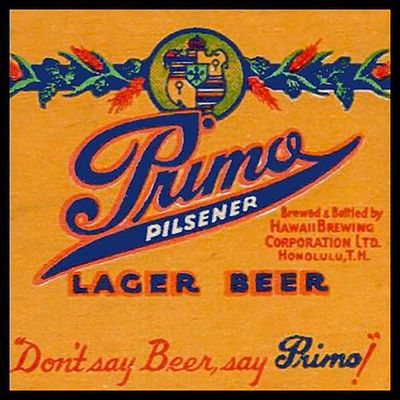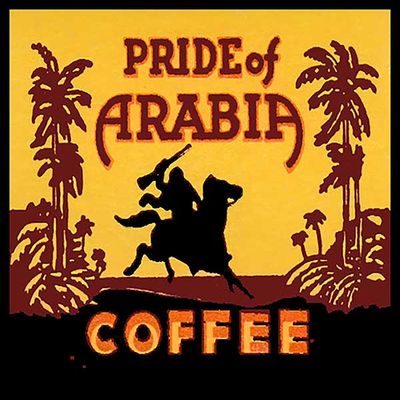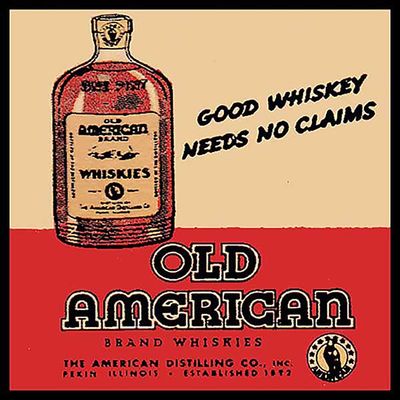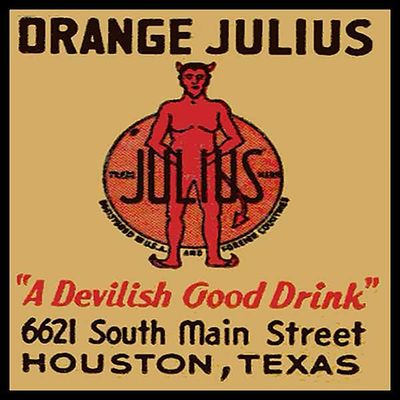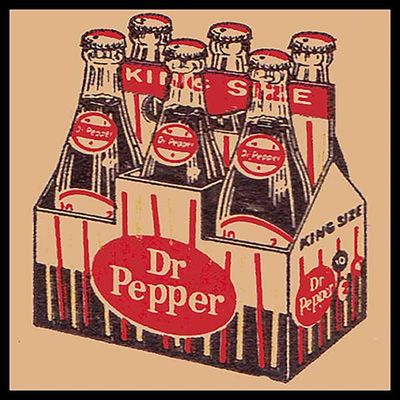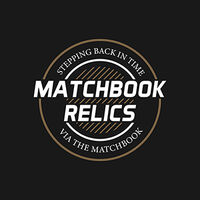The Art of Matchbook Advertising: How Beverage Brands Mastered a Tiny Canvas
In the early to mid-20th century, matchbook covers emerged as a powerful and ubiquitous advertising medium, ingeniously leveraged by various beverage brands to pitch their products. From soft drinks to alcoholic beverages, these small yet impactful items played a crucial role in marketing strategies, transforming an everyday necessity into a miniature billboard.
Soft Drink Brands: Refreshing and Ubiquitous
Soft drink giants like Coca-Cola and Pepsi-Cola were among the most prolific users of matchbook advertising. Coca-Cola’s matchbook covers often featured the brand’s iconic red and white logo, images of their classic glass bottles, and cheerful slogans like "Drink Coca-Cola" and "Delicious and Refreshing." These designs not only promoted the brand but also evoked a sense of nostalgia and tradition, reinforcing Coca-Cola’s image as a timeless favorite.
Pepsi-Cola also embraced the matchbook medium with equal enthusiasm. Their matchbook covers showcased vibrant colors and catchy slogans such as "Pepsi-Cola Hits the Spot," aiming to position Pepsi as a refreshing and fun alternative to its competitors. By placing these matchbooks in diners, restaurants, and bars, both Coca-Cola and Pepsi ensured constant brand visibility, effectively keeping their products top-of-mind for consumers.
Regional Soda Brands: Local Flavor and Loyalty
Regional soda brands used matchbook covers to solidify their presence in local markets. Brands like Nehi, Cheerwine, and Faygo created matchbooks that featured distinctive logos and images of their unique flavors. Nehi’s matchbook covers often highlighted their wide range of fruit-flavored sodas, while Cheerwine emphasized its rich, cherry taste. Faygo, known for its diverse flavor lineup, used colorful and playful designs to attract a local audience.
These regional brands distributed matchbooks in local eateries, grocery stores, and community events, fostering a sense of local pride and loyalty. The matchbooks served not only as advertisements but also as collectibles, preserving the legacy of these beloved regional sodas.
Coffee Brands: A Cup of Comfort
Coffee brands capitalized on matchbook advertising to promote the comforting and energizing qualities of their brews. Maxwell House and Folgers, among others, used matchbook covers to depict steaming cups of coffee, rich coffee beans, and inviting coffee shop scenes. Slogans like "Good to the Last Drop" (Maxwell House) and "The Best Part of Wakin' Up" (Folgers) were prominently displayed, reinforcing their brand messages.
These matchbooks were distributed in places where coffee was a staple—diners, restaurants, and hotels—ensuring that their brand was associated with the daily routines of coffee drinkers. The portability of matchbooks meant that these advertisements traveled with consumers, keeping the brands visible throughout the day.
Liquor Brands: Nightlife and Indulgence
Liquor brands also recognized the potential of matchbook covers to reach their target audience. Brands like Jack Daniel’s, Smirnoff, and Jim Beam used matchbooks to advertise their spirits in bars, clubs, and restaurants. These matchbooks featured the brand’s logo, images of bottles or cocktails, and slogans that evoked a sense of sophistication and indulgence.
For instance, Jack Daniel’s matchbook covers might feature the iconic black label and a slogan like "Old No. 7 Brand," while Smirnoff’s might showcase a martini glass and the tagline "Pure Thrill in Every Drop." These advertisements were strategically placed in social settings where alcohol consumption was prevalent, ensuring that the brands were top-of-mind when consumers made their drink choices.
Beer Brands: Tradition and Refreshment
Beer brands such as Budweiser, Miller, and Pabst Blue Ribbon also employed matchbook advertising to reinforce their presence in the market. Matchbook covers for these brands often displayed traditional and patriotic themes, with Budweiser featuring its iconic Clydesdales and Miller highlighting its heritage with phrases like "Miller Time."
These matchbooks were distributed in bars, taverns, and restaurants, places where beer was commonly consumed. The practical nature of matchbooks meant they were used frequently, keeping the brand’s imagery and message in front of consumers on a regular basis.
Conclusion
Matchbook advertising was a brilliant and effective strategy employed by beverage brands to pitch their products during the early to mid-20th century. These tiny canvases carried powerful marketing messages, turning everyday items into constant reminders of beloved brands. Whether promoting soft drinks, coffee, liquor, or beer, matchbook covers allowed brands to reach a broad audience, enhance brand visibility, and foster consumer loyalty. Through creative and visually appealing designs, beverage brands successfully embedded their products into the daily lives and routines of consumers, ensuring their place in the competitive beverage market.
